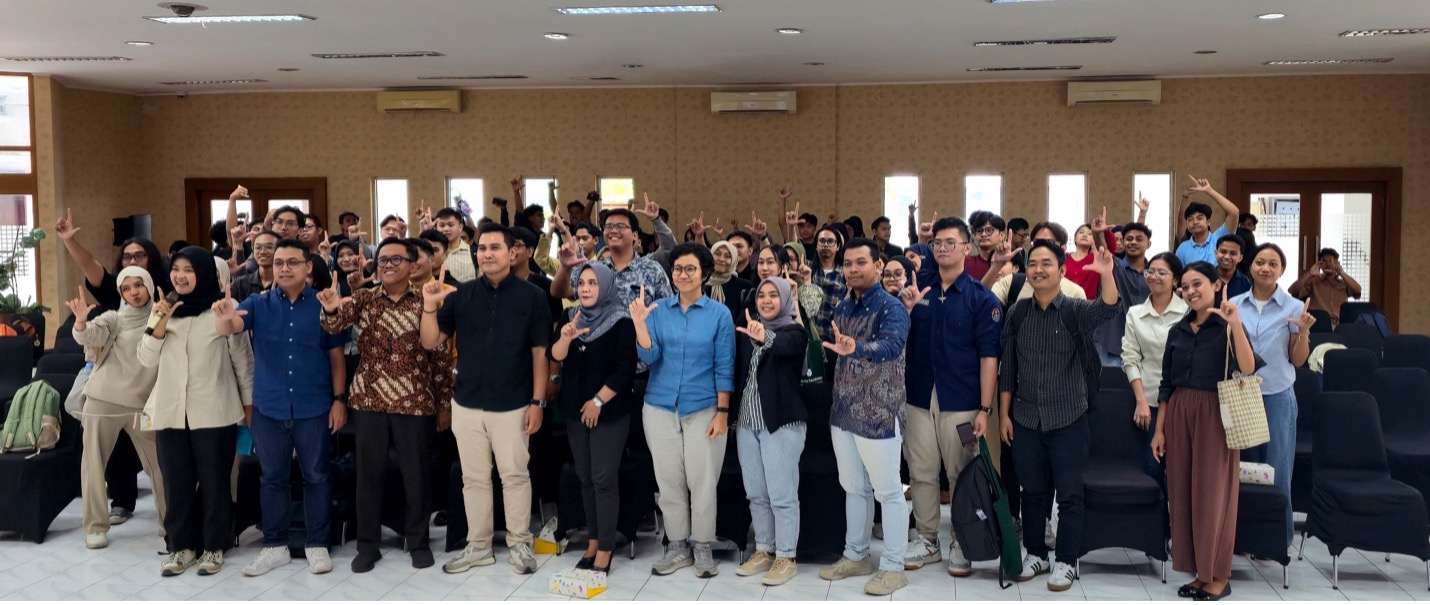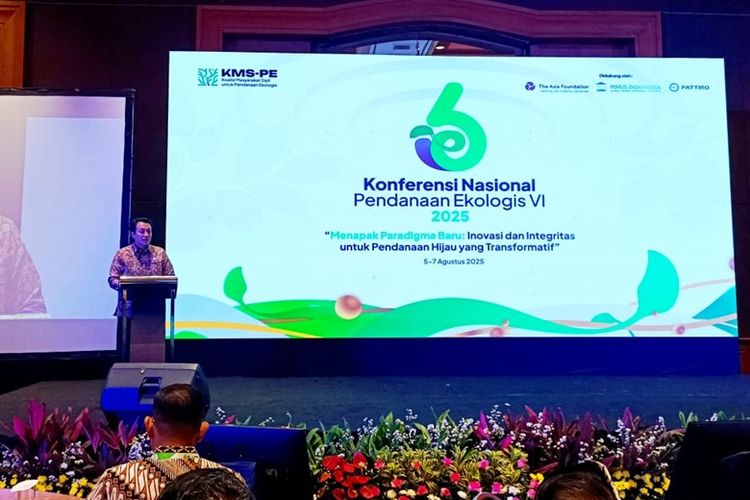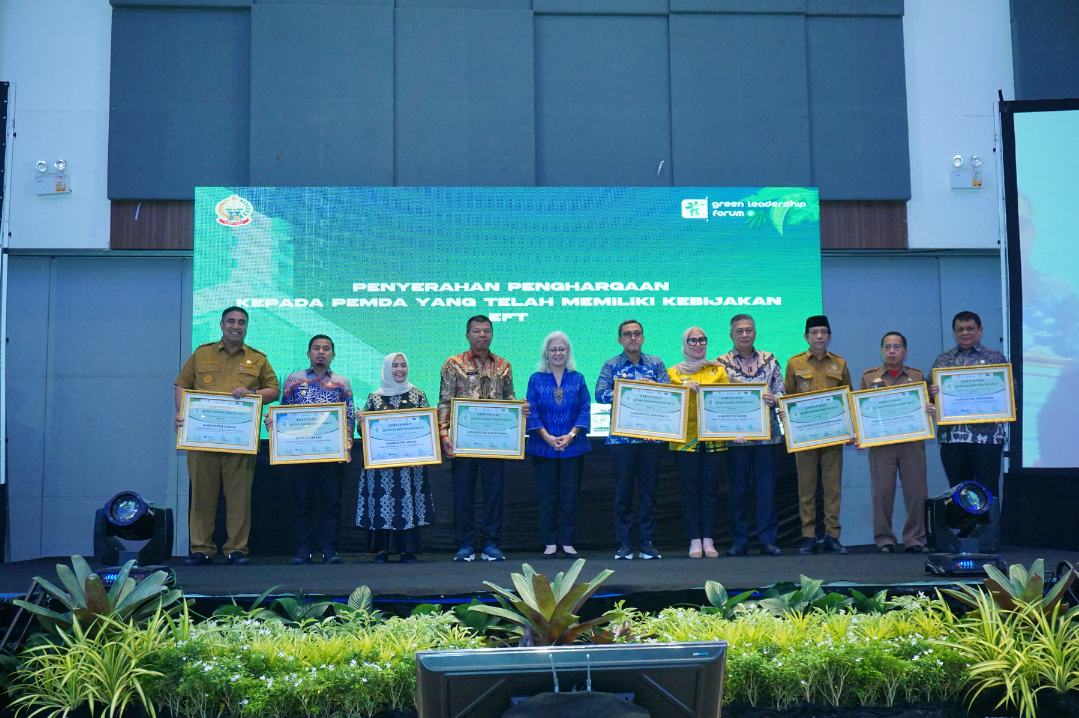
The Government Must Promote Improvements to the Raskin Program Design
A study by the Corruption Eradication Commission (KPK) found that the implementation of the cheap rice for the poor (Raskin) program was problematic, prompting the government to respond quickly. The government plans to make improvements to the Raskin distribution plan within 30 days or until the end of May 2014. The Coordinating Minister for People’s Welfare (Menkokesra) Agung Laksono said that improvements to the Raskin plan would be carried out starting from planning, implementing, to supervising the Raskin program. In addition, the Coordinating Minister for People’s Welfare claims that until now the government is in the stage of making an action plan..
Regarding the plan to improve the Raskin design, the Regional Research and Information Center (PATTIRO) asked the government to open up and socialize the improved Raskin program design to the public before it is implemented. By opening up and socializing the design improvements, the community can assess whether the Raskin program design improvements will be able to make the Raskin program right on target. Based on research conducted by PATTIRO using value chain analysis to measure integrity and accountability, the Raskin program has actually been well designed, but problems were found during implementation, especially related to the distribution and validity of the data used for poor Raskin recipient families.
In the research conducted by PATTIRO, it was found that the data on the number of Poor Households (RTM) who became Raskin recipients exceeded the Target Beneficiary Households (RTS-PM). In addition, there is a tendency to miscalculate the number of poor household heads (KK) due to the process of updating or updating data that does not work. The amount and quality of rice distributed also did not match what had been programmed. The poor receive less than 15 kg where the average amount they receive is 5-10 kg/RTS-PM with inappropriate rice quality. Absorption of the Raskin program in the regions was also relatively low, although Raskin beneficiary households outnumbered PM-RTS.
PATTIRO’s findings regarding the distribution of Raskin are that the distribution chain is long, thus providing a wide space for the possibility of corruption. Having the function of the authorities in each distribution chain makes it possible for everyone to make mistakes in making decisions related to aid funds, both in determining the target group and in the provision of rice. Distribution implementation is also poorly monitored and the community is not provided space to actively participate in monitoring the Raskin program in terms of purchasing or distribution phases. PATTIRO also found sales of rice to non-poor families.
Thus, PATTIRO assesses that the Raskin program is one of the many policy models implemented by the government that require political overtones so that they are not based on clear data. Implementation of programs that are not based on clear data, like the Raskin program, tends to encourage abuse of power. Therefore, in order for the Raskin program to be on target, the government should not only improve the design of the Raskin program. The validity (validity) and updating (updating) of the data used as a basis is also the main requirement that must be considered. If the database for the Raskin program is still as unclear as it is now, no matter how good the design of the Raskin program is, it will be in vain.
For this reason, in order for the Raskin program to run on target, PATTIRO recommends a number of things that the Government should do, namely:
- The Raskin program must run in balance with strengthening local institutions and food security, in order to anticipate food scarcity;
- The program must be integrated with other programs related to poverty alleviation;
- Dissemination, monitoring and evaluation of the Raskin program must be carried out continuously;
- Data on poor production capacity, basic food needs, consumption and elasticity, average and maximum production, and distribution, should be integrated into one system. This integration is supported by the fact that beneficiaries of the Raskin program have the same needs and targets as other social assistance programs, namely poor households. Data integration can support an integrated system called NFSIS (National Food Security Information System);
- To increase the accuracy of program targeting accuracy, the government needs to build a special institution at the lowest level (beneficiary level), such as a working group on poverty alleviation in villages consisting of local figures.;
- To improve data accuracy, data collection on the poor can be carried out by the lowest level of government apparatus, such as the Head of RT/RW (neighborhood administration), because they are familiar with their environment and are able to identify the poverty level of families in their environment;
- In Indonesia, the staple food is not just rice. In some areas sago, corn or tapioca are the staple food of the people. For this reason, food subsidies must also pay attention to the locality of staple foods; And
- The Raskin program is an embodiment of fulfilling the right to food, so the government must build a sense of belonging to this program for the poor and they should not be considered only as recipients of assistance..
Jakarta, 19 Mei 2014
Sad Dian Utomo | PATTIRO Executive Director
saddian@pattiro.org | 0812 800 3045
Contact Person:
Rohidin Sudarno | Public Service Specialist
roi@pattiro.org | 081310539884




